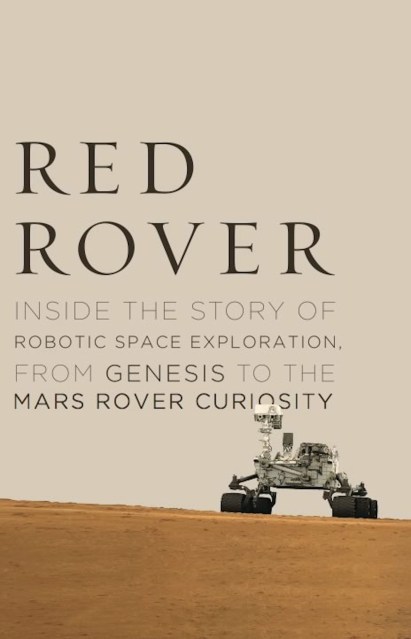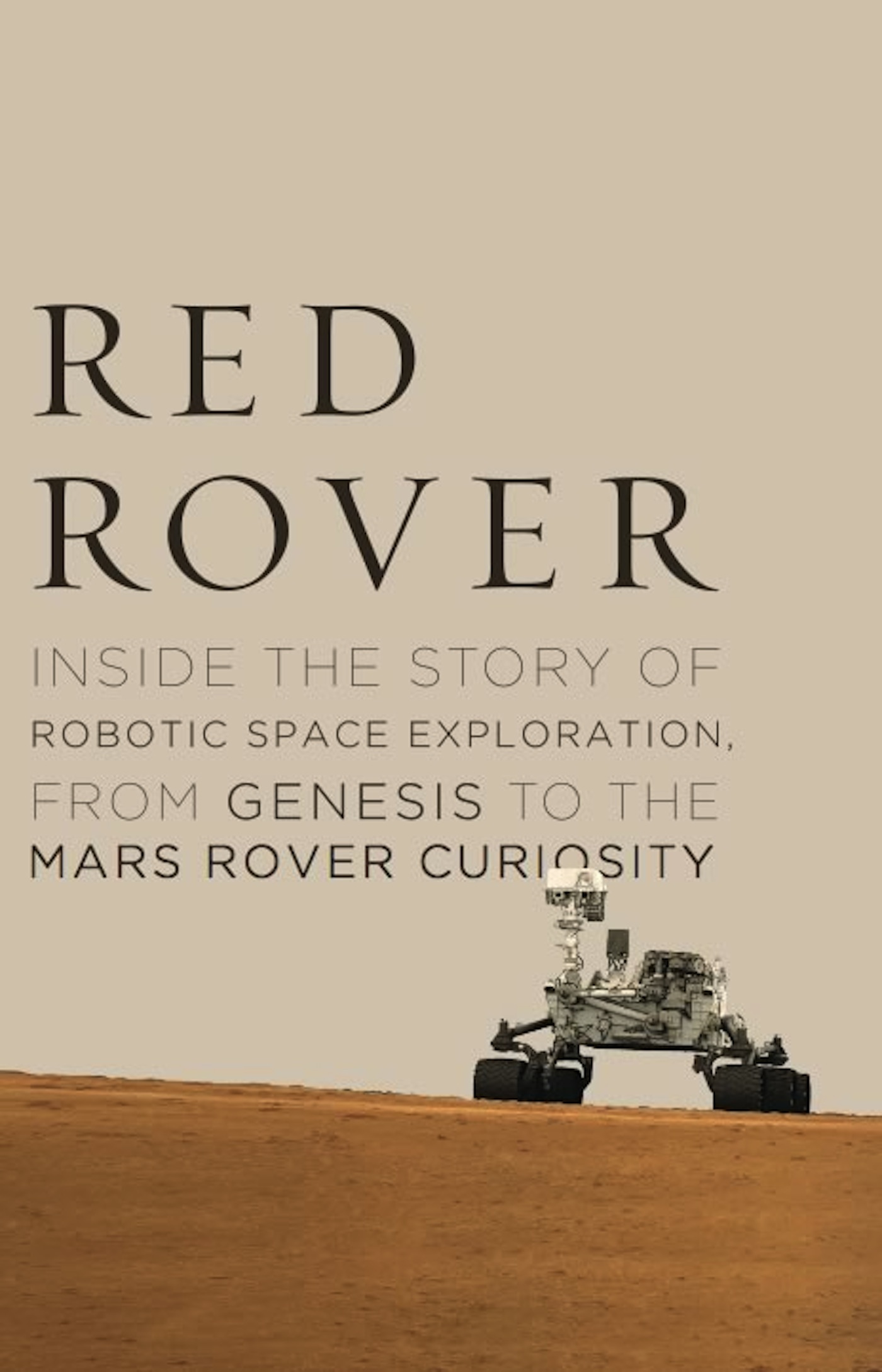Promotion
Use code CYBER2024 for 30% off sitewide + free shipping over $30
By clicking “Accept,” you agree to the use of cookies and similar technologies on your device as set forth in our Cookie Policy and our Privacy Policy. Please note that certain cookies are essential for this website to function properly and do not require user consent to be deployed.
Red Rover
Inside the Story of Robotic Space Exploration, from Genesis to the Mars Rover Curiosity
Contributors
By Roger Wiens
Formats and Prices
Price
$17.99Price
$22.99 CADFormat
Format:
- ebook $17.99 $22.99 CAD
- Hardcover $25.99 $29.00 CAD
This item is a preorder. Your payment method will be charged immediately, and the product is expected to ship on or around March 12, 2013. This date is subject to change due to shipping delays beyond our control.
Also available from:
This summer we will be one step closer to finding the answer. On August 5th, Curiosity—a one-ton, Mini Cooper-sized nuclear-powered rover—is scheduled to land on Mars, with the primary mission of determining whether the red planet has ever been physically capable of supporting life. In Getting to Mars, Roger Wiens, the principal investigator for the ChemCam instrument on the rover—the main tool for measuring Mars’s past habitability—will tell the unlikely story of the development of this payload and rover now blasting towards a planet 354 million miles from Earth.
ChemCam (short for Chemistry and Camera) is an instrument onboard the Curiosity designed to vaporize and measure the chemical makeup of Martian rocks. Different elements give off uniquely colored light when zapped with a laser; the light is then read by the instrument’s spectrometer and identified. The idea is to use ChemCam to detect life-supporting elements such as carbon, nitrogen, and oxygen to evaluate whether conditions on Mars have ever been favorable for microbial life.
This is not only an inside story about sending fantastic lasers to Mars, however. It’s the story of a new era in space exploration. Starting with NASA’s introduction of the Discovery Program in 1992, smaller, scrappier, more nimble missions won out as behemoth manned projects went extinct. This strategic shift presented huge opportunities—but also presented huge risks for shutdown and failure. And as Wiens recounts, his project came close to being closed down on numerous occasions. Getting to Mars is the inspiring account of how Wiens and his team overcame incredible challenges—logistical, financial, and political—to successfully launch a rover in an effort to answer the eternal question: is there life on Mars?
- On Sale
- Mar 12, 2013
- Page Count
- 224 pages
- Publisher
- Basic Books
- ISBN-13
- 9780465051991
Newsletter Signup
By clicking ‘Sign Up,’ I acknowledge that I have read and agree to Hachette Book Group’s Privacy Policy and Terms of Use







